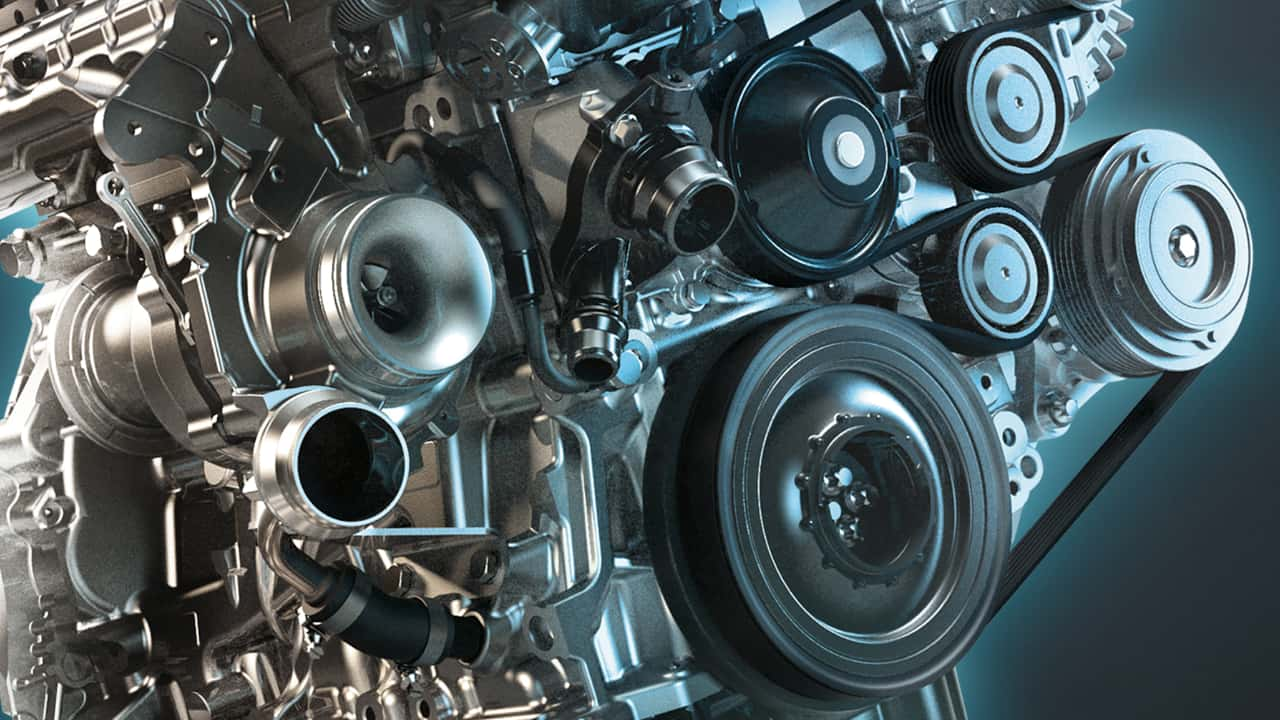- Arabic
- French
- Russian
- Spanish
- Portuguese
- Turkish
- Armenian
- English
- Albanian
- Amharic
- Azerbaijani
- Basque
- Belarusian
- Bengali
- Bosnian
- Bulgarian
- Catalan
- Cebuano
- Corsican
- Croatian
- Czech
- Danish
- Dutch
- Afrikaans
- Esperanto
- Estonian
- Finnish
- Frisian
- Galician
- Georgian
- German
- Greek
- Gujarati
- Haitian Creole
- hausa
- hawaiian
- Hebrew
- Hindi
- Miao
- Hungarian
- Icelandic
- igbo
- Indonesian
- irish
- Italian
- Japanese
- Javanese
- Kannada
- kazakh
- Khmer
- Rwandese
- Korean
- Kurdish
- Kyrgyz
- Lao
- Latin
- Latvian
- Lithuanian
- Luxembourgish
- Macedonian
- Malgashi
- Malay
- Malayalam
- Maltese
- Maori
- Marathi
- Mongolian
- Myanmar
- Nepali
- Norwegian
- Norwegian
- Occitan
- Pashto
- Persian
- Polish
- Punjabi
- Romanian
- Samoan
- Scottish Gaelic
- Serbian
- Sesotho
- Shona
- Sindhi
- Sinhala
- Slovak
- Slovenian
- Somali
- Sundanese
- Swahili
- Swedish
- Tagalog
- Tajik
- Tamil
- Tatar
- Telugu
- Thai
- Turkmen
- Ukrainian
- Urdu
- Uighur
- Uzbek
- Vietnamese
- Welsh
- Bantu
- Yiddish
- Yoruba
- Zulu
Nov . 10, 2024 23:52 Back to list
Understanding EA211 Timing Belt Maintenance and Replacement Procedures for Optimal Engine Performance
Understanding the EA211 Timing Belt A Critical Component for Engine Performance
The EA211 engine, a marvel of modern engineering, is known for its efficiency and reliability. Developed by Volkswagen Group, this engine has gained popularity across various models, including those from Audi, Skoda, and Seat. A vital component of the EA211 engine's functionality is the timing belt, a critical element that ensures the engine operates smoothly and reliably.
What is a Timing Belt?
A timing belt is a rubberized band that connects the crankshaft to the camshaft in an internal combustion engine. Its primary purpose is to synchronize the rotation of these two critical components, ensuring that the engine’s valves open and close at the correct times during each cylinder's intake and exhaust strokes. This synchronization is crucial for optimal engine performance, fuel efficiency, and emissions control.
The Importance of the EA211 Timing Belt
In the context of the EA211 engine, the timing belt plays a significant role in its operation. The EA211 series features advanced engineering, including turbocharging and direct injection systems, which improve fuel economy and reduce emissions. The timing belt must function perfectly to maintain the performance benefits of these innovations. If the timing belt fails or is not properly maintained, it can lead to significant engine damage, increased emissions, and a loss of performance.
Signs of Timing Belt Wear
Recognizing the signs of a failing timing belt is essential for maintaining the integrity of your EA211 engine. Common indicators include
ea211 timing belt

1. Unusual Noises A high-pitched whining or scraping noise coming from the engine can indicate that the timing belt is worn or misaligned. 2. Engine Misfiring If the timing belt slips or breaks, the camshaft may not synchronize with the crankshaft, causing misfires and poor engine performance. 3. Warning Lights Modern vehicles are equipped with onboard diagnostics that may trigger warning lights if the engine experiences timing issues.
4. Check Engine Light An illuminated check engine light could indicate numerous issues, including timing belt problems. It’s advisable to have the engine scanned for diagnostic trouble codes.
Maintenance and Replacement
Regular maintenance of the timing belt is crucial. Most manufacturers recommend inspecting the timing belt at regular intervals, typically every 60,000 to 100,000 miles, depending on the specific vehicle model and driving conditions. Replacement of the timing belt at these intervals can prevent catastrophic engine failure.
When replacing the timing belt, it's essential to also replace other related components, such as the tensioner and idler pulleys. These parts are under constant stress and can wear out over time, which can lead to premature timing belt failure even if the belt itself is new.
Conclusion
The EA211 timing belt is more than just a rubber band; it is a critical component that directly affects engine performance, efficiency, and longevity. By understanding its importance and recognizing the signs of wear, vehicle owners can ensure their engines remain in peak condition. Regular maintenance and timely replacement of the timing belt will not only enhance the driving experience but also prevent costly repairs down the line.
In a world where engine performance and environmental considerations are more critical than ever, ensuring that the timing belt in your EA211 engine is in optimal condition is a step towards a more efficient and reliable driving experience. Investing time and resources into this often-overlooked component can yield significant dividends in terms of performance and longevity, securing your vehicle's excellence for years to come.
-
Upgrade Power Steering Pump Belt for Smooth, Quiet Operation
NewsAug.27,2025
-
Precision Timing Belt & Chain: Engine Performance & Durability
NewsAug.26,2025
-
Precision Lathe Drive Belts: Durable & Reliable Performance
NewsAug.25,2025
-
84.5 Serpentine Belt: Durable & Precision Fit for Your Engine
NewsAug.24,2025
-
Premium Ribbed Drive Belts for Quiet Power Transmission
NewsAug.23,2025
-
High-Performance Vehicle Timing Belt for Engine Precision
NewsAug.22,2025

